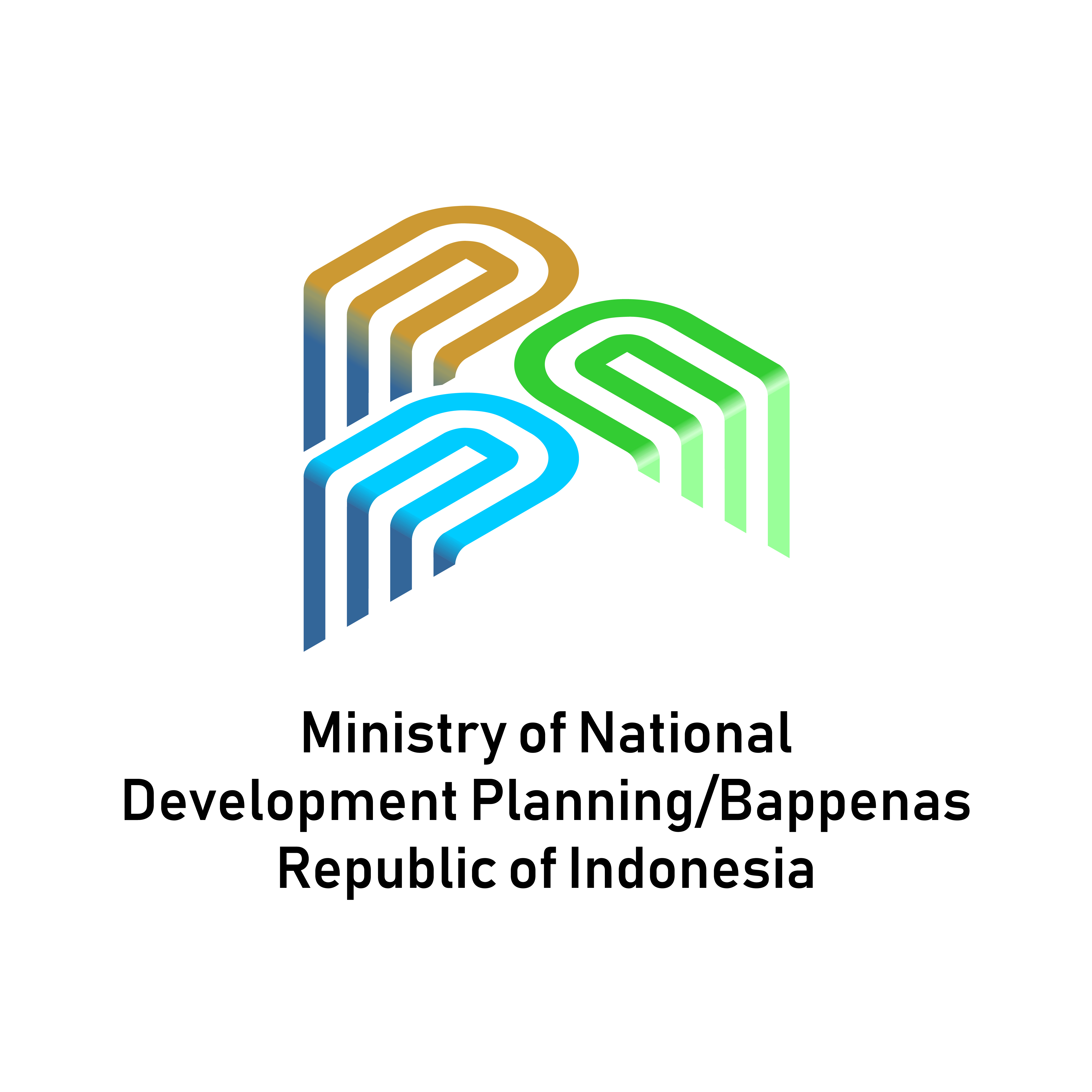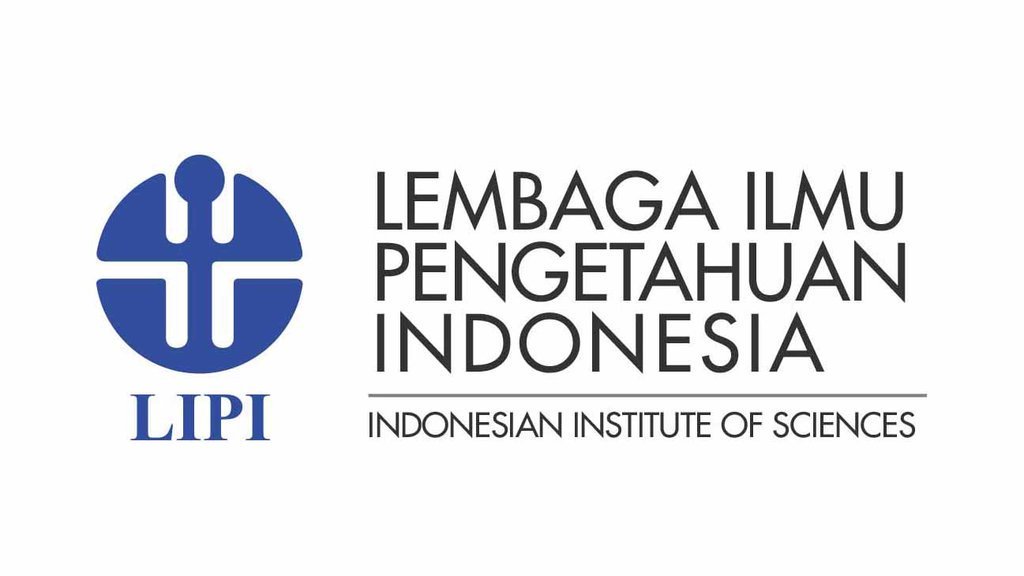Household Economic Welfare During the Rise of Mobile Phone Expansion in Indonesia
DOI:
https://doi.org/10.36574/jpp.v7i1.407Keywords:
mobile phone, household, economic welfare, IndonesiaAbstract
The proliferation of mobile phones in developing countries has significant implications for those countries. Although numerous studies have examined the various advantages of mobile phone use, the relationship between mobile phone access and the economic welfare of households has received comparatively little attention. This paper examines the effects of mobile phone on household expenditures in 2007 and 2014 utilising the Indonesian Family Life Survey (IFLS) combined with Potential Village Survey (PODES). Ordinary Least Square (OLS), Endogenous Treatment Regression (ETR), quantile regression, and two-way fixed effect estimations are used to identify the homogeneous and heterogeneous effects of mobile phone use. According to the estimated results, mobile phone access and signal quality significantly increases household expenditure. According to the results of quantile regression, mobile phone access has the greatest effect on the upper expenditure distributions. It is highlighting the importance of promoting a policy that increases mobile phone and the supporting infrastructure on the lower expenditure distributions.
Downloads
References
Ariansyah, K. (2018). The Effect of Diffusion of Telecommunication Services on Economic Growth in ASEAN Countries in the Period 2005-2016. Buletin Pos Dan Telekomunikasi, 16(1), 1–16.
Bachtiar, P. P., Diningrat, R. A., Kusuma, A. Z. D., Izzati, R. al, & Diandra, A. (2020). Ekonomi Digital untuk Siapa?? In Laporan Penelitian SMERU (Vol. 1). http://www.smeru.or.id/en/content/who-digital-economy-toward-inclusive-digital-economy-indonesia
Becker, G. S. (1975). Human Capital. A Theoretical and Empirical Analysis with special Reference to Education. The National Bureau of Economic Research, 3, 1–22.
Breusch, T. S., & Pagan, A. R. (1979). A simple test for heteroscedasticity and random coefficient variation. Econometrica: Journal of the Econometric Society, 1287–1294.
Cameron, A. C., & Trivedi, P. K. (2005). Microeconometrics: methods and applications. Cambridge university press.
Cook, R. D., & Weisberg, S. (1983). Diagnostics for heteroscedasticity in regression. Biometrika, 70(1), 1–10.
Dammert, A. C., Galdo, J., & Galdo, V. (2013). Digital labor-market intermediation and job expectations: Evidence from a field experiment. Economics Letters, 120(1), 112–116.
de Silva, H., & Zainudeen, A. (2007). Teleuse on a Shoestring: Poverty reduction through telecom access at the ‘Bottom of the Pyramid’. Centre for Poverty Analysis Annual Symposium on Poverty Research, Sri Lanka, Colombo.
Dettling, L. J. (2017). Broadband in the labor market: The impact of residential high-speed internet on married women’s labor force participation. ILR Review, 70(2), 451–482.
Esquivias, M. A., Sugiharti, L., Jayanti, A. D., Purwono, R., & Sethi, N. (2020). Mobile Technologies, Financial Inclusion, and Inclusive Growth in East Indonesia. Journal of Telecommunications and the Digital Economy, 8(2), 123–145. https://doi.org/https://doi.org/10.18080/jtde.v8n2.253
Farhadi, M., Ismail, R., & Fooladi, M. (2012). Information and communication technology use and economic growth. PloS One, 7(11), e48903.
Farré, L., & Fasani, F. (2013). Media exposure and internal migration—Evidence from Indonesia. Journal of Development Economics, 102, 48–61.
Greenberg, A. (2005). ICTs for poverty alleviation: basic tool and enabling sector.
Hartje, R., & Hübler, M. (2017). Smartphones Support Smart Labour. Applied Economics Letters, 24(7), 467–471.
Heckman, J. J. (1979). Sample selection bias as a specification error. Econometrica: Journal of the Econometric Society, 153–161.
Hobbs, J. E. (1997). Measuring the importance of transaction costs in cattle marketing. American Journal of Agricultural Economics, 79(4), 1083–1095.
Huangfu, Y., & Nobles, J. (2022). Intergenerational support during the rise of mobile telecommunication in Indonesia. Demographic Research, 46, 1065–1108.
International Telecommunication Union. (2013). Technology, broadband and education: advancing the Education for All agenda. In Paris: UNESCO publication. Retrived April (Vol. 15). https://unesdoc.unesco.org/ark:/48223/pf0000219687
Khanal, A. R., & Mishra, A. K. (2016). Financial performance of small farm business households: the role of internet. China Agricultural Economic Review.
Koenker, R., & Hallock, K. F. (2001). Quantile regression. Journal of Economic Perspectives, 15(4), 143–156.
Machado, J. A. F., & Silva, J. M. C. S. (2019). Quantiles via moments. Journal of Econometrics, 213(1), 145–173.
Maddala, G. S. (1983). Methods of estimation for models of markets with bounded price variation. International Economic Review, 361–378.
Meyer, B. D., & Sullivan, J. X. (2003). Measuring the well-being of the poor using income and consumption. National Bureau of Economic Research Cambridge, Mass., USA.
Muto, M., & Yamano, T. (2009). The impact of mobile phone coverage expansion on market participation: Panel data evidence from Uganda. World Development, 37(12), 1887–1896.
Olken, B. A. (2009). Do television and radio destroy social capital? Evidence from Indonesian villages. American Economic Journal: Applied Economics, 1(4), 1–33.
Patria, H., & Erumban, A. A. (2020). Impact of ICT Adoption on Inequality. The Journal of Indonesia Sustainable Development Planning, 1(2), 125–139.
Indonesia Broadband Plan 2014-2019, Number 96 (2014) (testimony of Presidential Regulation). https://www.bappenas.go.id/id/data-dan-informasi-utama/produk-hukum-peraturan-perundangan/peraturan-presiden/peraturan-presiden-republik-indonesia-no-96-tahun-2014-tentang-rencana-pitalebar-indonesia-2014-2019/
Rahayu, B. I., & Riyanto, R. (2020). The Role of Mobile Phone and Internet Use in the Performance of Rural Non-Farm Enterprises: An Analysis of Indonesian Rural Households. Buletin Pos Dan Telekomunikasi, 18(1), 29. https://doi.org/10.17933/bpostel.2020.180103
Sari, Y., & Yudhistira, M. H. (2021). Bad light, bad road, or bad luck? The associations of road lighting and road surface quality on road crash severities in Indonesia. Case Studies on Transport Policy, 9(3), 1407–1417.
Sen, A. (1988). The Standard of Living. Cambridge University Press.
Stiglitz, J. E. (1985). Economics of information and the theory of economic development. NBER Working Paper, w1566.
Strauss, J., Witoelar, F., & Sikoki, B. (2016). The fifth wave of the Indonesia family life survey: overview and field report (Vol. 1). Rand Santa Monica, CA, USA.
Tadesse, G., & Bahiigwa, G. (2015). Mobile phones and farmers’ marketing decisions in Ethiopia. World Development, 68, 296–307.
Thornton, R. J., & Innes, J. T. (1989). Interpreting semilogarithmic regression coefficients in labor research. Journal of Labor Research, 10(4), 443–447.
Welfens, P. J. J. (2008). ICT - Productivity and economic growth in Europe. Digital Excellence: University Meets Economy, 13–39. https://doi.org/10.1007/978-3-540-72621-0_3
Wooldridge, J. M. (2002). Econometric Analysis of Cross Section and Panel Data.
Yang, K. (2022). Internet use, employment performance and the health of Chinese residents. International Health, 14(3), 222–235.
Zanello, G. (2012). Mobile phones and radios: Effects on transactions costs and market participation for households in Northern Ghana. Journal of Agricultural Economics, 63(3), 694–714.
Downloads
Published
How to Cite
Issue
Section
License
This is an open-access article distributed under the terms of the Creative Commons Attribution-NonCommercial-ShareAlike 4.0 International License. Copyright © Kementerian PPN/Bappenas RI


















